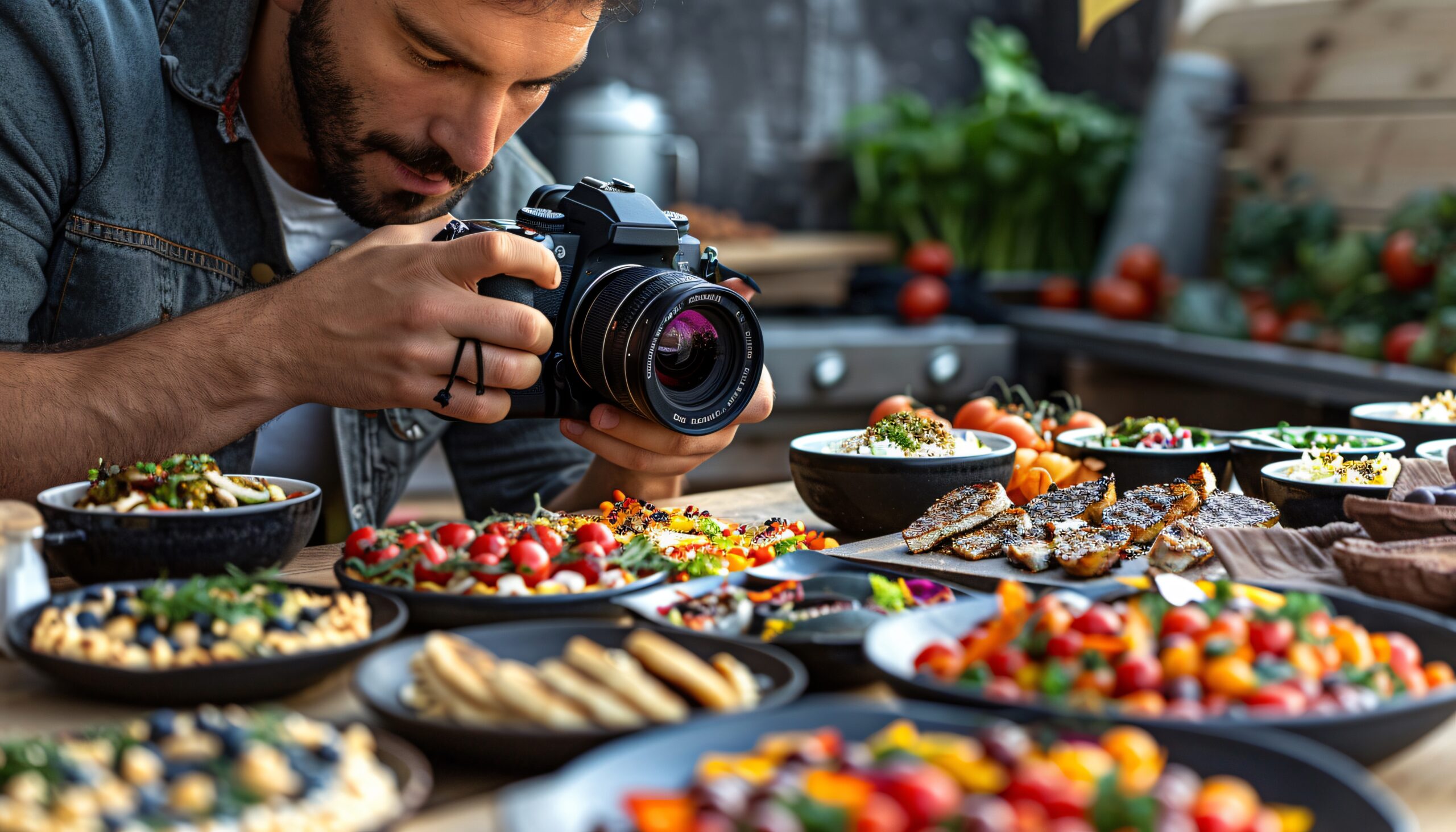
Food photography is an art that excites the taste buds as much as it does the eyes. Editing in food photography elevates this whole visual display to new levels, making sure that each dish, whatever its taste may be, looks at least as good as, or even better than, it tastes.
For food aficionados and photography fans alike, knowing to editing food photography can transform even the most mundane of your food shots into drool-worthy images. Here are the top 5 tips to help achieve such stunning results.
Tips for Editing Food Photography
Let’s begin:
Accentuate Natural Colors
One of the key features of editing food photography is enhancing the natural colors of the food. The trick here is to make the food as appealing as possible without going overboard. Start with adjusting the white balance, which will provide the right colors.
Subtly enhance the colors using saturation and vibrancy tools. Emphasize the natural colors of the ingredients. These should be fresh, lively and, most importantly, food should appear appealing. For example, greens should look full and rich, reds bright, whites clean with no color cast. Note that foods need to appear just like they have been freshly prepared in the kitchen.
Use light and dark balances
Lighting forms one of the most critical components of food photography, and adjusting this very element through the shadow aspect of the image in post-processing makes all the difference. Start with adjusting the exposure so that your image is well-lit. Utilize adjustments in highlights and shadows to add dimension and depth to your photo.
Sometimes, enhancing the contrast can also help the food pop out against the background. In addition, dodge and burn tools are available to lighten or darken places selectively in order to show the textures and details of food. Light and shadow play can create a two-dimensional image dynamic, enticing, and appetizing.
Refine Composition
Composition in food photography is very important, but cropping becomes a strong tool when editing food photography. Don’t be afraid to crop this image to avoid any kind of distraction and set focus on the main subject.
Apply the rule of thirds for a balanced and beautiful composition. Angles and perspectives can be taken to enhance the most striking features of the dish. Tight crops can also draw attention to details and textures that will further beautify the food. This adds to the appeal of the food by refining the composition through careful cropping, drawing the viewer’s eyes to the best part of the dish.
Sharpen and Detail
In food photography, clarity is everything; hence sharpening is necessary during editing. It is vital for the intensification of textures and details on food. Be careful not to over-sharpen, as this may introduce some unwanted noise, which will render the image unnatural.
Sharpen only the key elements in the dish—for instance, edges around ingredients and garnishes. Apart from that, play with clarity and structure adjustments to help and add to the detail overall, making the food nice and crisp and inviting. Sharpening by the right amount will bring out all those intricate details that make the food look really good and mouthwatering.
Remove Imperfections
The most meticulously plated dishes can still have minor imperfections. Removing these imperfections is one of the most important steps of editing in food photography. Use clone stamps and healing brushes to remove blemishes, spots, and crumbs.
Also, ensure the background and surface are clean and not distracting. Removing imperfections helps the viewer to focus on the food, and that will keep their interest in the image. Images that are clean and polished give the impression that the food looks professional and tasty.
Editing food photography is one of the most important steps in taking amazing food pictures. You can make any good food picture excellent by enhancing the natural colours, experimenting with light and shadows, refining the composition, detailing sharpness, and removing blemishes. Be it a food blogger, professional photographer, or avid foodie, these tips will definitely help you enhance your food photography game.
Remember, the art lies in editing food photography to make the food as scrumptious in terms of its looks as it is at taste—inviting your audience to indulge with their eyes.
Also, see:
New Zealand Visit Visa for Pakistani Citizens: Updated Bank Statement Requirements for July 2024